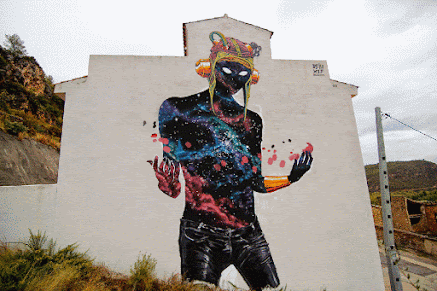In many of the works of digital photographer Caras Lonut two constants are observed, on the one hand we see nature represented by different species, sometimes following a crude and stark pattern.
Wild animals that are treated as pets, almost always accompanied by children, in a journey where the dreamlike atmospheres describe a magical universe. In which nature is always omnipresent.
The other is his peculiar treatment of color, a nuance that he undoubtedly achieves thanks to the application of a variety of filters. With which he treats each image after the editing he does with photoshop (of which he is a consummate expert).
With which he achieves that the final composition of each piece has such a tenuous effect that evokes autumn afternoons that transmit serenity and invite to meditation. And that can remind us of some of the passages of Edgar Alan Poe's stories.
His imagination and his work are captivated by dreams and by the autumn and winter seasons, through which he analyzes the darker side of a subject's desires and dreams.
Born in Romania in February 1970, Caras alternates his professional career, in which he has done commissions for numerous publications. With his love for digital photography.
READ IT IN SPANISH: Caras Lonut - Naturaleza surrealista inspirada por Poe
In these environments he has used a language where surrealism shares space and discourse with elements taken from the natural universe. Representing landscapes in which the nostalgia for a childhood that will no longer return, is blurred between strokes inspired by the memory of the dream and its traces imprinted in the subconscious.



.jpg)

.jpg)
.jpg)

.jpg)









_edit_188822180547080.png)
_edit_8099193296908.jpg)









.jpg)





